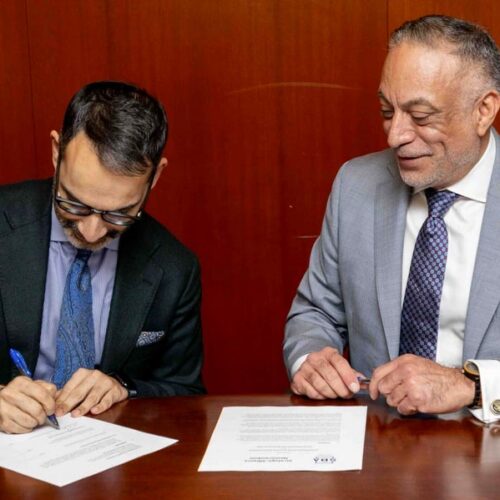Landslides occur in all U.S. states and territories and can be caused by a variety of factors including earthquakes, storms, volcanic eruptions, fire and by human modification of land.


Landslides occur in all U.S. states and territories and can be caused by a variety of factors including earthquakes, storms, volcanic eruptions, fire and by human modification of land. Landslides can occur quickly, often with little notice and the best way to prepare is to stay informed about changes in and around your home that could signal that a landslide is likely to occur.
In a landslide, masses of rock, earth or debris move down a slope. Debris and mud flows are rivers of rock, earth, and other debris saturated with water. They develop when water rapidly accumulates in the ground, during heavy rainfall or rapid snowmelt, changing the earth into a flowing river of mud or “slurry.” They can flow rapidly, striking with little or no warning at avalanche speeds. They also can travel several miles from their source, growing in size as they pick up trees, boulders, cars and other materials.
Landslide problems can be caused by land mismanagement, particularly in mountain, canyon and coastal regions. In areas burned by forest and brush fires, a lower threshold of precipitation may initiate landslides. Land-use zoning, professional inspections, and proper design can minimize many landslide, mudflow, and debris flow problems.
The following are things you can do to protect yourself, your family and your property from the effects of a landslide or debris flow:
Seek advice from a geotechnical expert for evaluating landslide hazards or designing corrective techniques to reduce landslide risk. A professional will be able to advise you of the best ways to prevent or reduce landslide risk, without creating further hazard.
Hazards & Emergencies
Keep up to date with our latest news, tips and disaster preparedness updates by subscribing to our newsletter
Designed by GroupJKC – A Borderless Creative Agency
Thank you for subscribing. You can unsubscribe
at any time by clicking the link at the bottom
of any Spotlight newsletter.